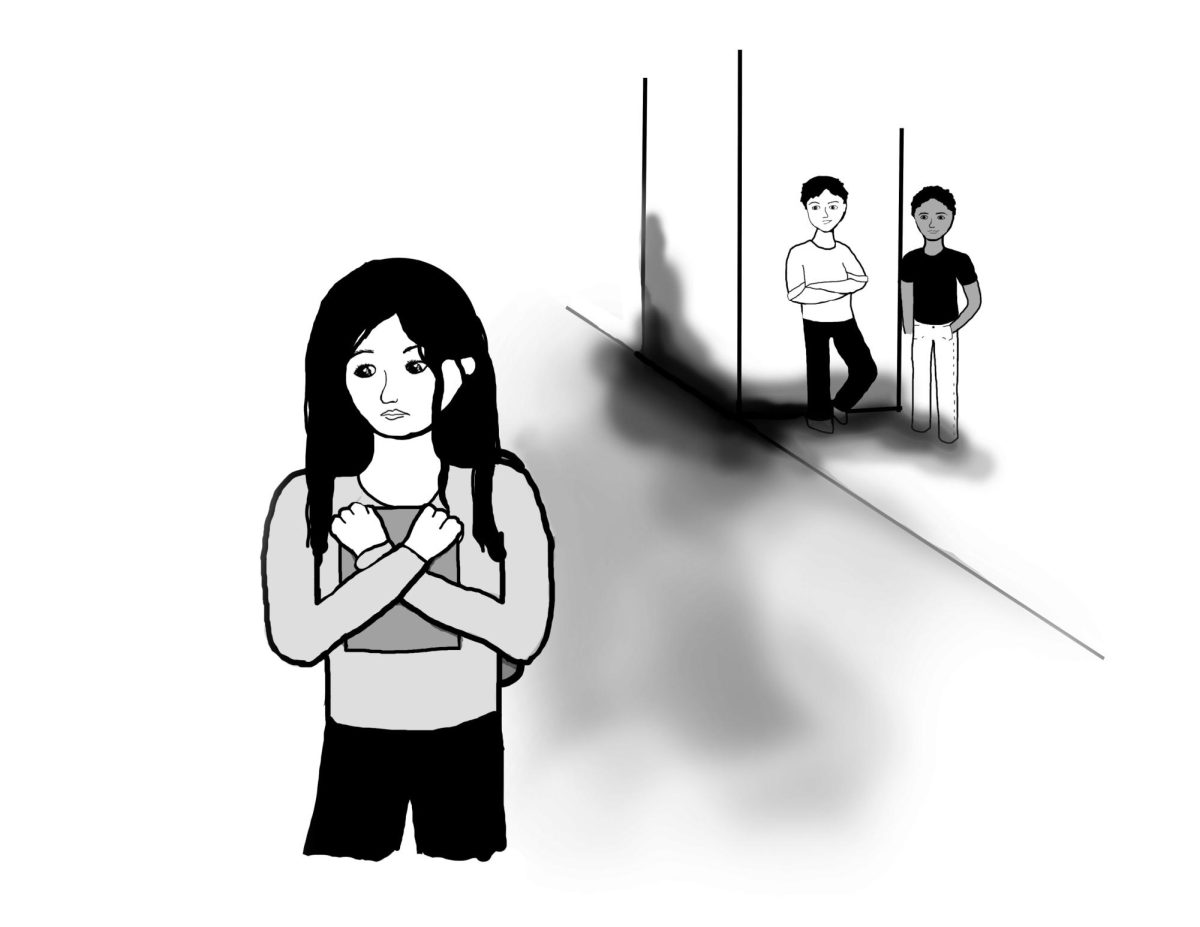The Napkin Comment Board, a wall in both Prentiss and Jewett Dining Halls where students can leave suggestions, asks for “more meat” next to a request for “more vegetarian entrees.” Even some vegetarians disagree. 
“The chefs relay heavily on carbs like pasta for their vegetarian options,” said vegetarian Nicole Pexton. “It can be difficult to find alternatives to the meat main course. Sometimes there is a soy option but when there’s not I’m left to scramble to find something to eat.”
Erin Kaufman, also a vegetarian, feels she eats well on campus but acknowledges the concerns that Pexton raised.
“My concern with eating in the dining hall is that I feel like I eat more here than I would at home,” said Stephanie Silver. “It’s partially to do with the large portion sizes but it’s also ‘Prentiss is closing in fifteen minutes, I have to go’ rather than listening to my stomach.”
Lyman Dining Hall provides a good option for people concerned with portion sizes because you can serve yourself. However, the limited time window Lyman is open makes it a challenging place to eat.
“It’s also challenging to eat healthy or lose weight with an infinite supply of dessert available at breakfast, lunch and dinner,” said Kaufman. “‘Do I want a cookie or frozen yogurt? Both!'”
Ana Salazar-Walsh, who grew up in Spain, was surprised by what she perceives as a low obesity rate at Whitman. “You always hear on the news in Spain about the huge problem with obesity,” said Salazar-Walsh. “They would say that soon we’re going to be as bad as the United States with a 50 percent obesity rate. Then I come to college in America and it’s not like that at all.”
Moving off-campus has the allure of a healthier diet, but that doesn’t always follow through. “My friend [who lives off-campus] has made stir-fry every night for the past week,” said Kristianne Chavez. “And once the all the dishes are dirty they start eating things like potato chips and applesauce.”
Members of the Environmental Interest House who are responsible for the recycling from the dorms, noticed that College House, whose residents are not required to be on a meal plan, always has a large amount of tin cans in the recycling.
BY THE NUMBERS: Eating disorders
15: Percent of young women who adopt unhealthy attitudes about food.
10: Percent of all those who suffer anorexia and bulemia that are male.
60: Percent of Americans who are overweight.
34: Percent of Americans who are obese.
72: Percent of alcoholic women younger than 30 that also have eating disorders.
14-25: The most common age range for the onset of eating disorders in females.
52: Percent of girls in the US who say they began dieting before they were 14.
$32 billion: Yearly profit reported by the diet industry.
1 in 10: Number of surveyed women who said they would abort a child if they knew it had a
genetic tendency to be fat in 1997.
3: Ranking of eating disorders as common chronic illnesses among adolescent girls.
12: times higher the death rate associated with anorexia nervosa alone is compared to the overall death rate among young women in the general population.
SOURCES: The National Institute of Mental Health, ANRED, Health Magazine, NEDic, US News and World Report









